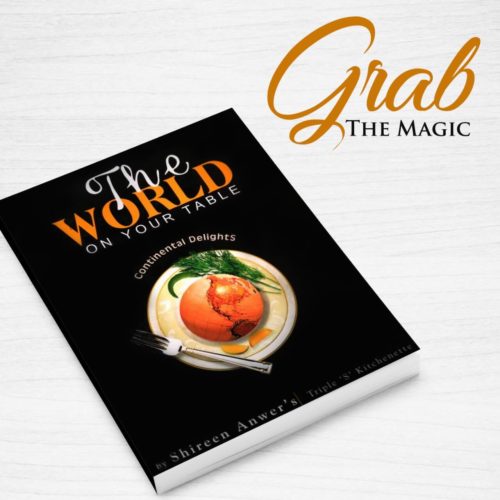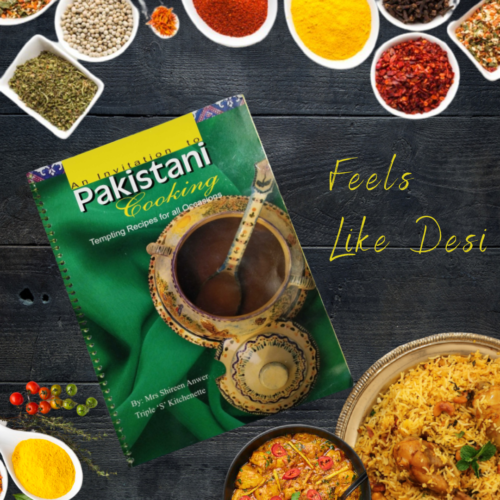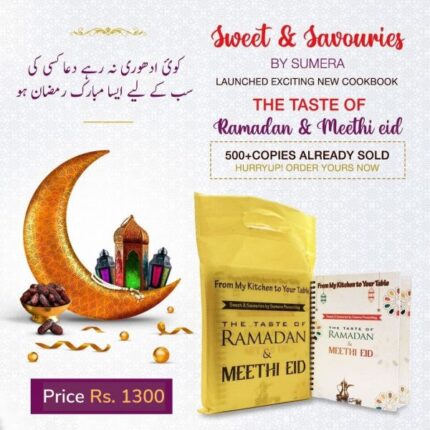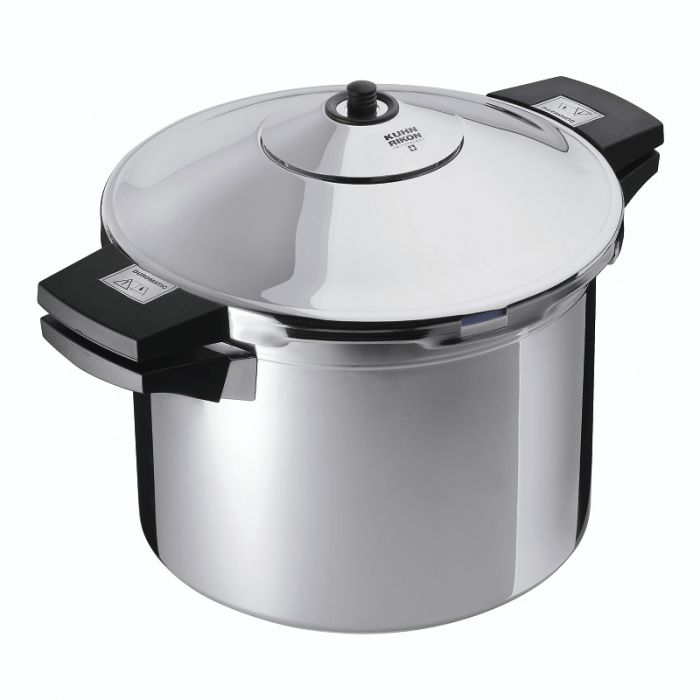Top 10 Benefits Of Pressure Cooker
Nutrition:
Food cooked in this way retains most of it’s nutrients so provides more of a nutritional boost compared to foods that have been cooked for a longer time in traditional pans. The longer food is cooked, the more nutrients are destroyed.
Flavor:
Because the ingredients hold on to their nutrients and cook in a shorter time they retain a fresher taste, a more vibrant color which means they have a better flavor. In food is left on the stove boiling away the taste is diluted so pressure cooking enhances the natural flavor of the food making it taste richer and fuller.
Speed:
The process of putting the food under pressure means that it cooks more quickly. In fact in some cases the cooking time is reduced by as much as 70% of the time. The pressure cooker can be used to whip up a nutritious and tasty one-pot meal in half the time. You can even throw in all the ingredients for casseroles and curries.
Liquid:
This is a wet cooking method but it requires only a little liquid. The cooking process means that the liquid is boiled away leaving the food with most of its nutrients intact. In dishes that are boiled for long periods of time the vitamins and minerals evaporate and become diluted large quantities of water for longer periods of time.
Energy:
This method is much more efficient than using multiple pots. You can sear and sauté in the pan and the use it as a one pot cooking method.
Keeping it Cool:
In the kitchen Cooking in a professional kitchen I know how hot things can get. If you use a modern pressure cooker it retains the heat and steam so you’re not melting as you cook.
Tidy:
Gone are the days of having to clean the ceiling and tiles. Pressure cookers now keep everything inside with a secure lid, so no splutters or boiling over onto the cooker that needs cleaning up later. It’s just one pot to wash up!
Preserving:
Did you know that pressure cookers are designed to allow you to preserve food in jars at home. The larger pressure cookers allow more jars to be processed in one. This requires you to follow specific instructions to ensure it’s safe.
For many people they worry about pressure cooking because they simply don’t know how or what to cook in the pan.
- Lentils
- Chickpeas
- Risotto
- Stews
- Curry
- Fish
- Vegetables
- Potatoes
You can actually cook anything in a pressure cooker. You just have to understand the process.
Useful Tips
- Size – Go for a 6-8L model for family cooking
- Use it – Get used to using one and do some reading about the cooking method. To start with use recipes designed specifically for the pressure cooker. Once you have a bit more experience you will be free styling.
- Don’t over fill your cooker – Most cookers recommend that you half fill them. This is because food will expand as it cooks (i.e. beans, lentils etc.)
- Wet cooking – This is a wet cooking method so you do need to add lots of water about 250ml should be plenty. Very little, if any, liquid evaporates with this cooking method so the aim is to keep the flavours concentrated and strong. If you add too much liquid you’ll be washing the flavours away so remember if using wine, a little goes a long way!
- Browning – Just as with slow cooking, colour is flavour so yes brown your onions, meat etc in the pan itself will benefit the dish. Add a little water to deglaze and simmer until the liquid reduces to the desired amount. Add your ingredients back in and cook.
- Ingredients/size – Think about the ingredients you are using – denser ingredient need to be cut smaller so they cook at the same time as the other ingredients in the pan. Try to understand that some ingredients may need to be added later which is amazing – modern cooers allow you to reduce the pressure very quickly so you can add other bits into the pan – how cool is that?
- Finishing the dish – If you want to you can also give your dish a blast in the oven just to finish it and add a little color
- Timing – Is everything with pressure cooking. One the target pressure has been reached the pan then is reduced to allow the pressure to remain for the cooking time – a few minutes can make a big difference with pressure cooking.
- Delicate ingredients – These ingredient as with any cooking need to be added at the end, herbs, delicate aromatics and dairy won’t do too well under pressure!
- Seasoning – Check the seasoning at the end, it’s always best to under season during cooking taste and adjust as required.








